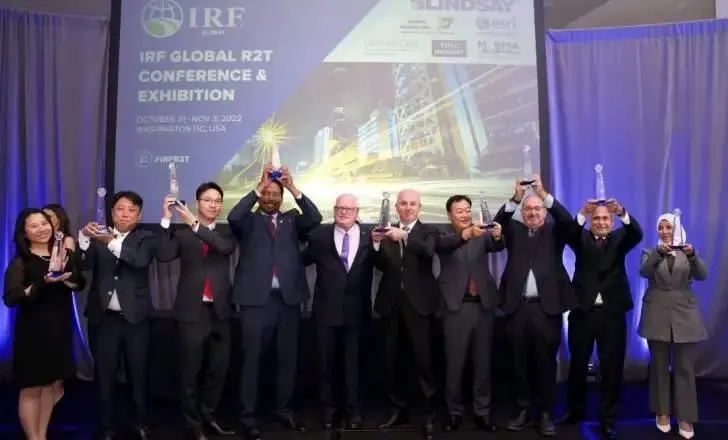The Ohio River Bridges East End Crossing, now named the Lewis and Clark Bridge, has opened to traffic to connect SR 265 in Indiana with the Gene Snyder Freeway in Kentucky, marking the substantial completion of the $2.3 billion Louisville Southern Indiana Ohio River Bridges project, which included the Downtown Crossing, now named the Abraham Lincoln Bridge.
Parsons was the lead partner in the Community Transportation Solutions joint venture (JV). The JV served as the overall project’s general engineerin
December 21, 2016
Read time: 2 mins
The Ohio River Bridges East End Crossing, now named the Lewis and Clark Bridge, has opened to traffic to connect SR 265 in Indiana with the Gene Snyder Freeway in Kentucky, marking the substantial completion of the $2.3 billion Louisville Southern Indiana Ohio River Bridges project, which included the Downtown Crossing, now named the Abraham Lincoln Bridge.
4089 Parsons was the lead partner in the Community Transportation Solutions joint venture (JV). The JV served as the overall project’s general engineering consultant and was responsible for contract scope and budget development, design review, and coordination of the six section design consultants. In addition, Parsons was the technical advisor for the implementation of the East End Crossing’s award-winning public-private partnership (P3), which consisted of the development, design, construction, financing, operation, and maintenance of the bridge and approaches in each state. Parsons also served as the project’s toll system advisor.
The project is a long-planned, joint collaboration between the State of Indiana and the Commonwealth of Kentucky to improve cross-river mobility in the Louisville metropolitan area, improve safety, alleviate traffic congestion, and connect highways, all while helping to stimulate the economy of the entire Louisville-Southern Indiana region.
In addition to the new cable-stayed bridge, the Lewis and Clark Bridge project features a shared use pedestrian and bicycle path, new terrain highway and twin 1,700 ft twin bore tunnels under an historic property. The project recently received an Envision Platinum Sustainability Award from the Institute for Sustainable Infrastructure for the project’s exceptional achievements in sustainable infrastructure design, construction, and operations.
All electronic tolling will begin on December 30 on the Lewis and Clark Bridge, the Abraham Lincoln Bridge, and the improved I-65 Kennedy Bridge.
The project is a long-planned, joint collaboration between the State of Indiana and the Commonwealth of Kentucky to improve cross-river mobility in the Louisville metropolitan area, improve safety, alleviate traffic congestion, and connect highways, all while helping to stimulate the economy of the entire Louisville-Southern Indiana region.
In addition to the new cable-stayed bridge, the Lewis and Clark Bridge project features a shared use pedestrian and bicycle path, new terrain highway and twin 1,700 ft twin bore tunnels under an historic property. The project recently received an Envision Platinum Sustainability Award from the Institute for Sustainable Infrastructure for the project’s exceptional achievements in sustainable infrastructure design, construction, and operations.
All electronic tolling will begin on December 30 on the Lewis and Clark Bridge, the Abraham Lincoln Bridge, and the improved I-65 Kennedy Bridge.









